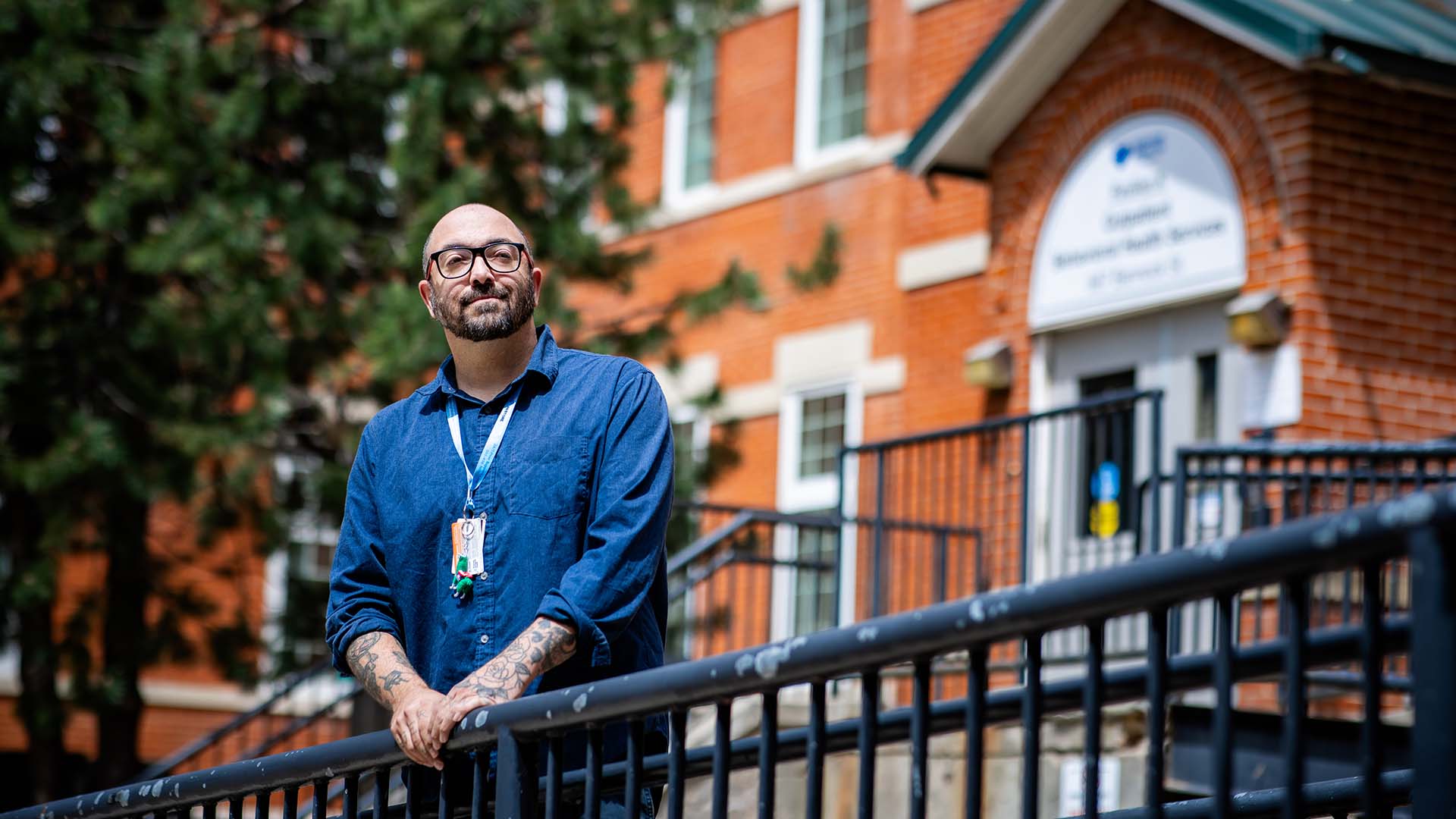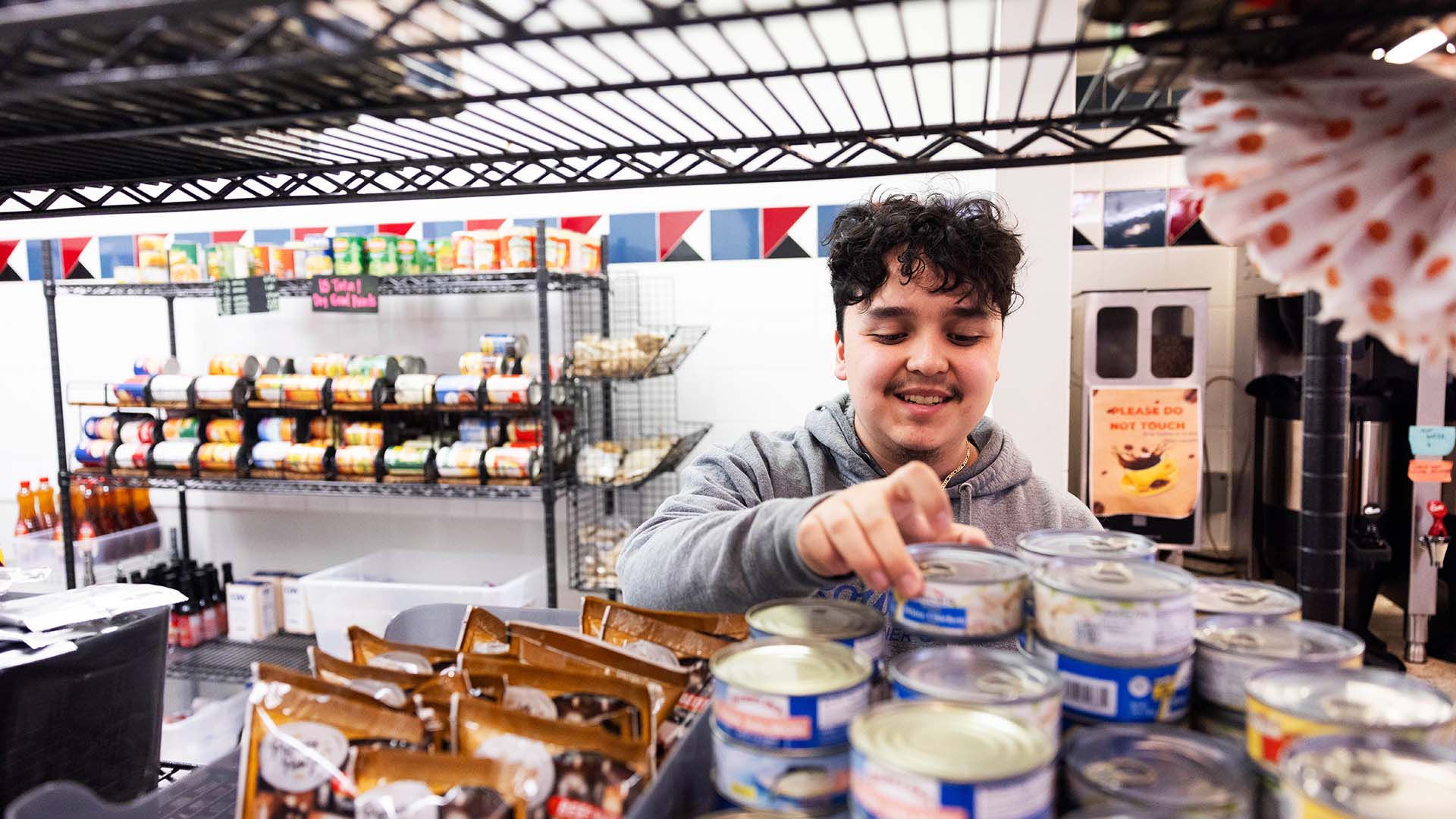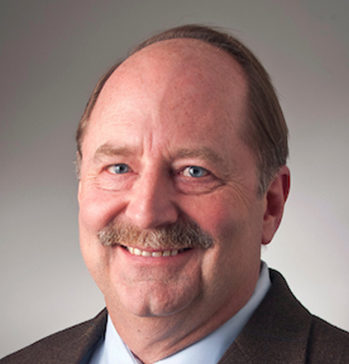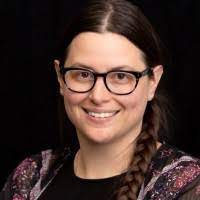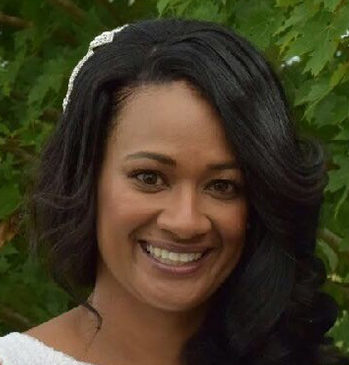Building a road to recovery
As the search for effective, creative solutions to Colorado's substance abuse crisis continues, new strategies are driving addiction counselors to communities in need.

Drug overdose claimed the lives of 9,356 Coloradans in the decade from 2009 to 2018.
Jamie Ray could’ve been one of them. She started using alcohol and marijuana as a middle-schooler and was introduced to cocaine and opiates by friends around age 16. And everything “spiraled from there,” she says.
Instead of becoming a statistic, the recovering addict is fighting against the widespread and devastating impact of drug abuse. Ray studied human services with a concentration in addiction studies at Metropolitan State University of Denver, where she found help for her addiction and a calling to help others like herself. Today, she’s a care manager at Denver’s Second Chance Center, a nonprofit reentry agency serving the formerly incarcerated. She estimates that 90% of the people who come through the center struggle with addiction – mostly substance abuse but also gambling, sex or other addictions.
Colorado needs more people like Ray. There is an estimated 35% shortage of addiction counselors across the state, says Tricia Hudson-Matthew, associate professor of human services and director of the Center for Addiction Studies at MSU Denver.
“For a long time, we tended to see drug problems as a metro problem, limited to big cities. That’s where the focus has been – crack, heroin,” Hudson-Matthew said. “Now, with the opioid crisis, it has a different face. All of a sudden, it wasn’t the person downtown but the neighbor next door, the babysitter or someone at school.”
Ray’s story of addiction is not a unique one in Colorado, or a unique story in her family.
“Growing up, many of my family members were incarcerated, for generations back. We have more people that are addicts in my family than aren’t addicts. Going through that generational trauma and having the personal experience made me want to get involved, seeing that there weren’t a lot of resources for my family members who were incarcerated,” she said.
What makes her story different is what she’s doing about it. Her life changed when she got into the program at MSU Denver and started going to therapy, she said. Now, Ray is dedicating her career to creating a better path forward for families like hers.
“I realized that what I wanted to do and what I was doing in the past wasn’t equivalent to what I wanted to do in my future,” she said. “Seeing a place like Second Chance Center made me think, ‘This is what we need, and this is what I wish a lot of my family members had.’”

Obstacles to recovery
Overcoming addiction isn’t as simple as declaring an objective or making a plan. Sometimes, obstacles get in the way.
Leah Jackson has her own story of persevering toward a goal – she graduated from MSU Denver in May, 13 years after she started her college career. Jackson, who studied human services with an emphasis on mental-health counseling, took time off for her own mental-health struggles, as well as the birth of five of her six children and a stint in the Army as a truck driver.
She credits her success to her support system – her professors and peers at MSU Denver, her grandma and, most of all, her mom, whom she calls her guardian angel.
“I’m a firm believer that it’s community that saves people. To tell you the truth, with where I was a long time ago, I did not think I would be where I am today,” Jackson said.

That’s the kind of support needed by clients such as those at Addiction Research and Treatment Services, where Jackson worked for the past year before leaving for graduate school. She says at least one-third of the clients at ARTS, all of whom are referred by a judge, have experience with opioids.
A complicating factor of overcoming opioid addiction is that those in recovery don’t trust medication, as prescription drugs were often the source of their addiction.
“A lot of them are resistant to taking any medication, which includes medication for co-occurring disorders like depression and anxiety, or even suboxone, which helps with addiction,” Jackson said.
Thus, ARTS offers a collaborative approach to treatment – psychoeducation, consultation with an in-house psychiatrist and inclusion of family members are all methods used to help clients.
“We really focus on what makes sense the most for the patient,” she said. “At the same time, we want to make sure that the patients are advocating for themselves.”
The rural struggle
The respective work Ray and Jackson are doing is critical for Colorado as federal agencies, the state and its higher educational institutions address an addiction counselor shortage that is particularly acute in rural areas.
The opioid epidemic has hit crisis levels in communities such as Alamosa, Grand Junction and Pueblo, where there are fewer resources to combat addiction, MSU Denver’s Hudson-Matthew said.
Federal and state agencies threw money at the problem and focused too narrowly on urban areas, she explained. Only recently have people started paying more attention to impact on rural communities.
While Denver accounts for a large portion of the state’s overdose deaths because of its population – 15.5% of overdose deaths between 2014-18 – the per capita rate has been declining, even though it’s still higher than the state average.
From 2014-18, Denver’s rate of overdose deaths was 20.8 per 100,000 residents, compared to 16.8 statewide. South-central counties such as Huerfano (58 per 100,000 residents) and Las Animas (53.6) demonstrate the devastation experienced in some rural communities.
Not only are there not enough addiction counselors in the state, but in rural areas, it’s difficult to train or supervise the counselors who do work in less-populated areas.
“We’re providing a lot of Skype supervision because there isn’t anyone out there to supervise them,” Hudson-Matthew said.
MSU Denver is employing two strategies to develop a rural workforce pipeline: a new master’s degree in clinical behavioral health launching in 2020 and a federal grant that helps pay for students to get certified-addiction-counselor certifications if they commit to work in rural and medically underserved Colorado communities.
The master’s program, which begins accepting applications this fall, provides students with the classes and hours needed to graduate as licensed addiction counselors who can dual-diagnose mental-health and substance-abuse issues. In Colorado, a master’s degree in a clinical area is required for mental-health diagnosing.
A five-year grant awarded to MSU Denver by the U.S. Department of Health and Human Services Health Resources and Services Administration paid for students or community members to take classes to become certified addiction counselors for the past two years. Over the next three years, it will pay for people who are certified to go into rural areas of Colorado to provide training and offers classes that lead to certification for others, Hudson-Matthew said. The state is also offering student loan repayment for qualified behavioral-health professionals through the Colorado Department of Public Health and Environment’s Health Access branch.
“The hope is, with the grant that we have, we’ll also be able to get some people to go out there and do some of the work and at least try to get them to commit for a couple of years,” she said. “If we can get some interns from the master’s program to go out there and work for a while, maybe they’ll fall in love with those areas.”
Peaks and valleys
If you’re wondering what it’s like moving from a metro area of almost 3 million people to a city with fewer than 10,000, ask Laura Burkhardt. She’s a Broomfield native working in Alamosa, and she’s loving every minute of it.
She earned her Master of Social Work at MSU Denver in 2016 and left Interstate 25 traffic behind for a job at San Luis Valley Health, where she works in integrative health, screening patients for social determinants of health and offering individual therapy. As a generalist, she sees clients of all ages and backgrounds, including those struggling with substance abuse or the loved ones they’ve left behind.
Health care in the San Luis Valley is all hands on deck – Burkhardt is working to become a certified addiction counselor, like many other clinicians in the area, and doctors and nurse practitioners are going through waiver programs to be able to prescribe suboxone. A new harm-reduction program opened last year to provide a safe needle exchange, HIV testing and other services.
“In general, I feel like the San Luis Valley is limited in the options people have for behavioral health. We’ve had a full-time behavioral-health position open for over a year,” she said. “We’re scratching our heads and wondering what else we can do.”
Burkhardt hopes others will see firsthand the charm of places such as Alamosa. She was intrigued by the opportunity to live and work (and hike) in a rural setting after visiting her sister in Salida while in grad school. She applied to the San Luis Valley job after the listing found its way to her MSU Denver inbox, not knowing how well she’d fit in the position or the area.
“I didn’t realize this was going to be my dream job,” she said.

